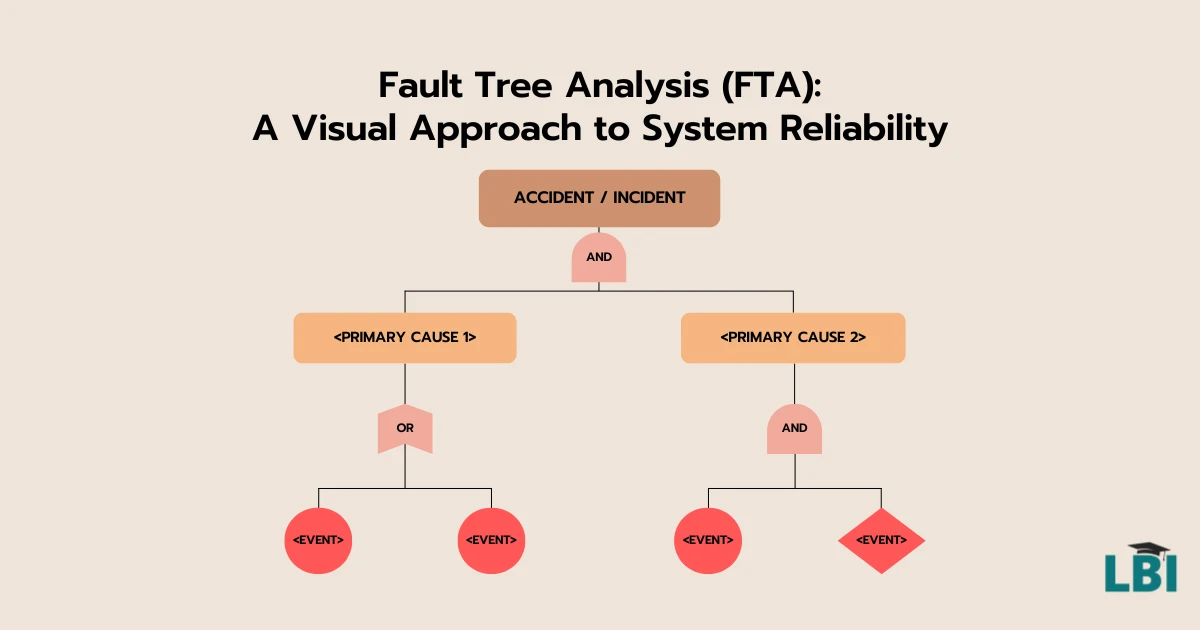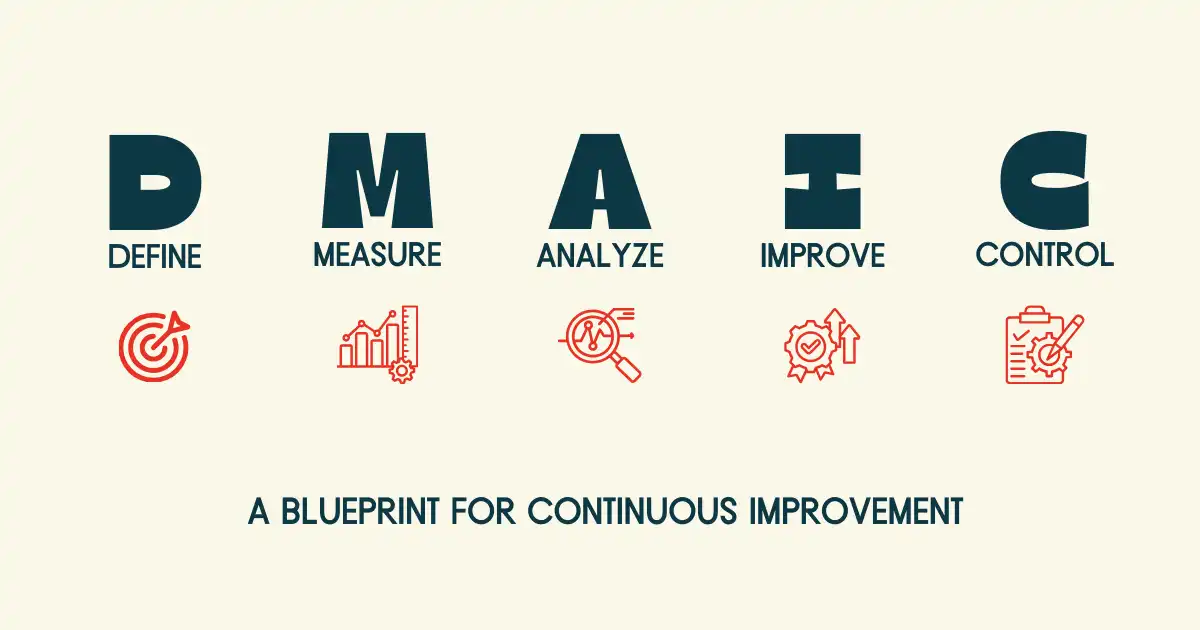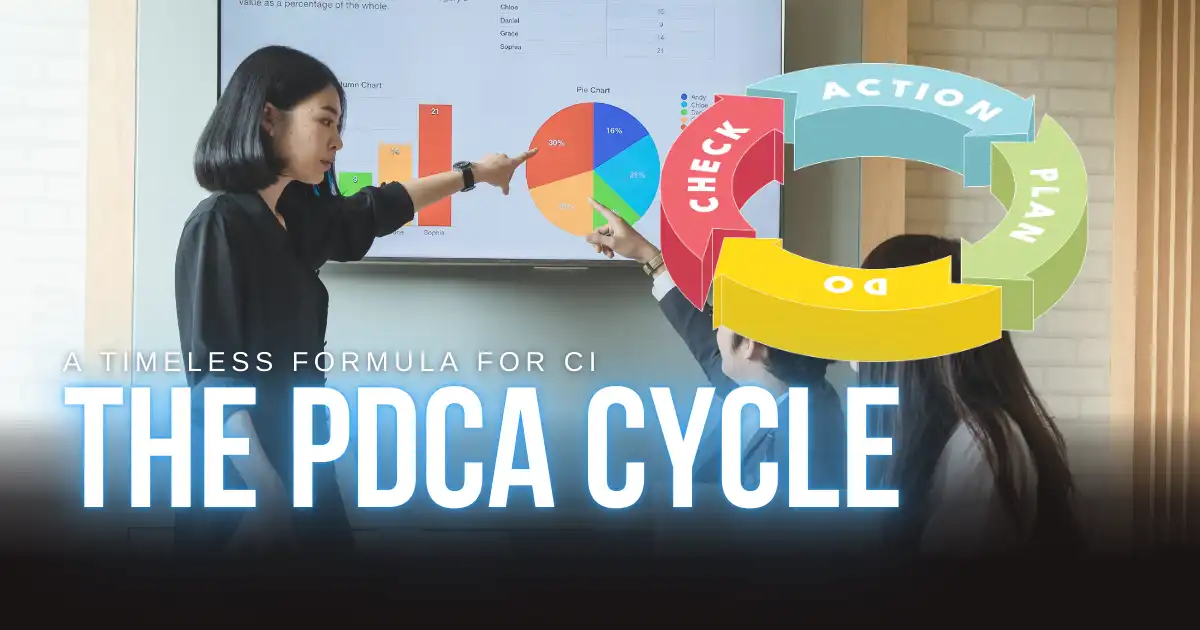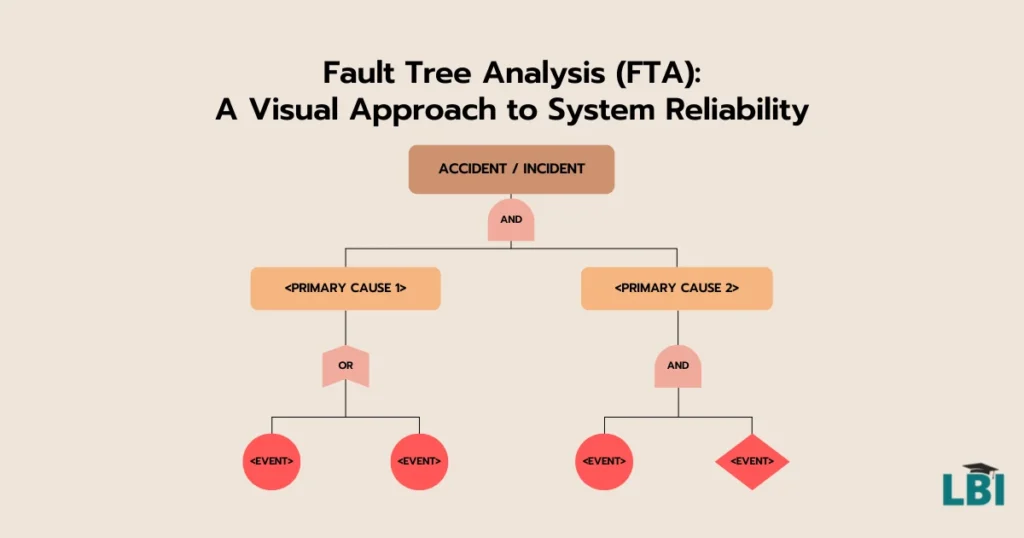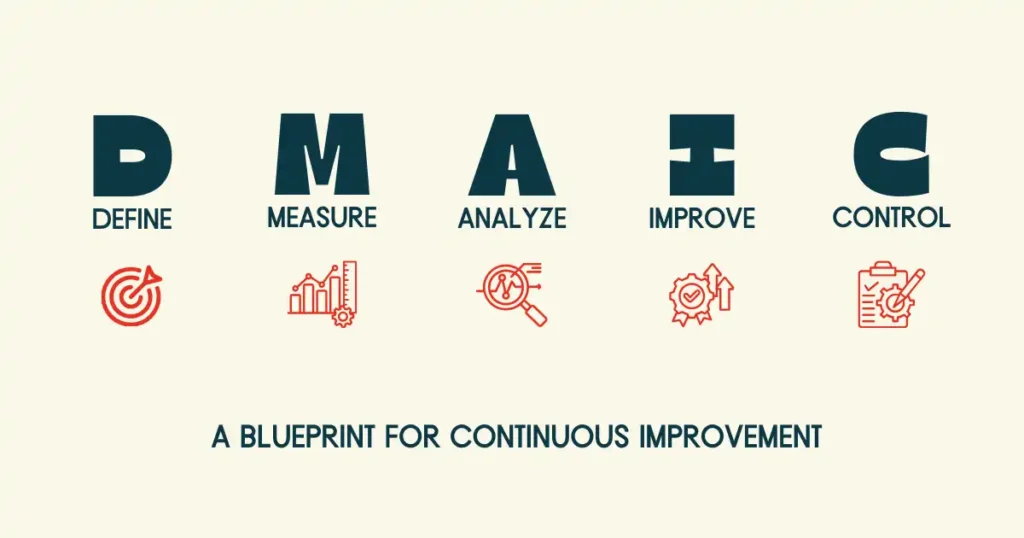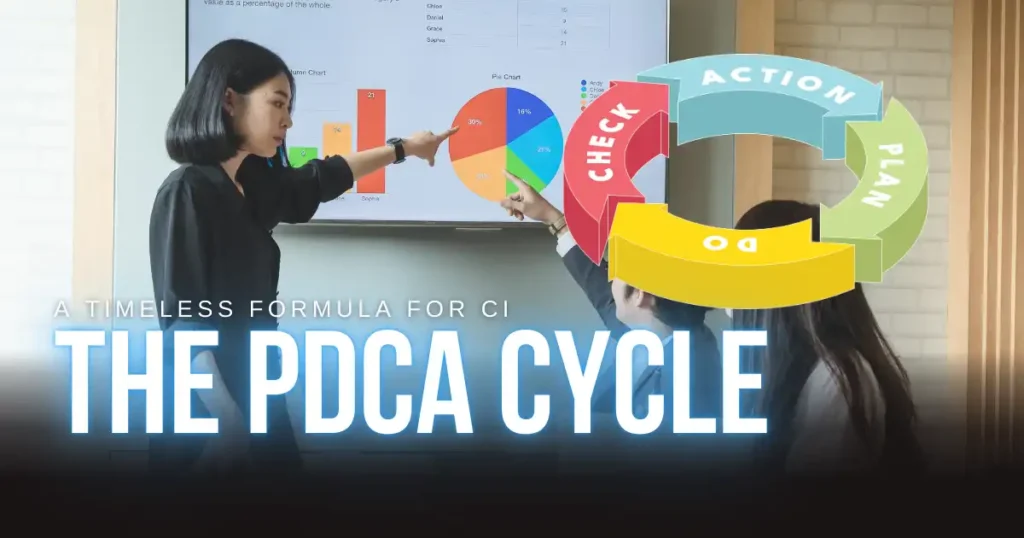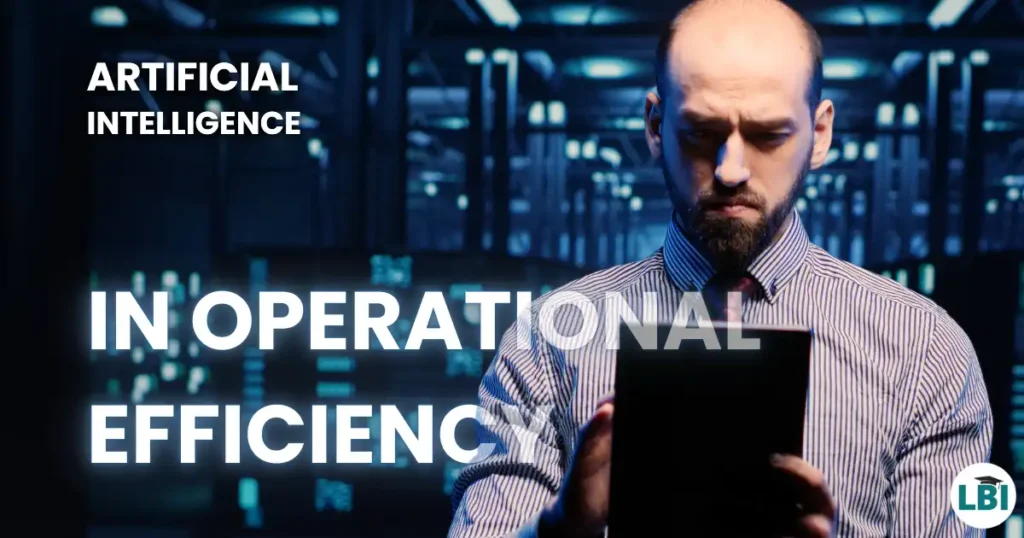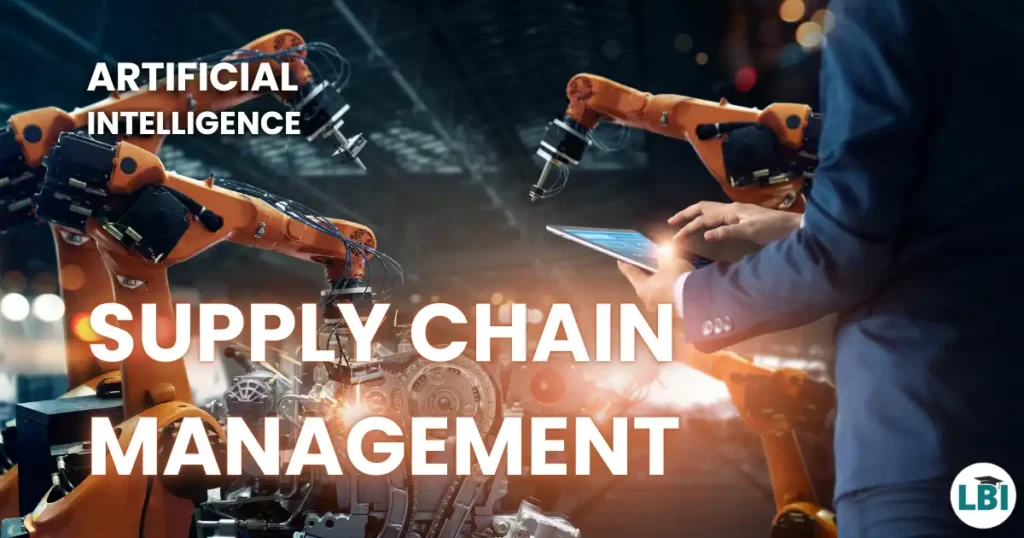The 5 key elements of process improvement
Process improvement is an approach to reforming, changing and improving processes that are extremely powerful, impactful and in demand! Processes are vital to an organization’s success. They are the methods, the activities, the vehicles that get us from A to B. They enable us to deliver our outputs, products and services to our clients, customers and the wider market.
However, processes that don’t operate as effectively, efficiently and productively as they could can be quite dangerous. They are dangerous because they can become blockers or barriers to success. They cause delays in getting outputs to market. They can cause quality issues which lead to customer complaints. They can cause backlogs of work leading to disgruntled colleagues. Just as strong effective processes can have a ripple effect, so too can bad unproductive processes.
To change the dial here, you need process improvement. You need to take something from one state and shift it to another state. To do this, there are 5 key elements we are going to dive into in this article. These are the 5 key activities, steps or stages you need to move through as you make this transition from current to future state. It is a tried and tested approach that will guarantee you success, IF deployed correctly. Let’s explore them now.

Define
The first element is the definition. Without clearly defining the process in scope for the work you want to do, how can you truly understand what it is you want to do, the outputs you want to see and why? To define the process, firstly work with those within the process to define the name of the process clearly. Here you want to be crystal clear on the name. For example, don’t simply put “Finance Process”. You want to highlight exactly which part of the wider Finance ecosystem you mean here, so “Invoicing for jobs under $1,000 process” is much better.
You also want to define the scope of the process with the team. This includes identifying the starting and end points of the process – which step kicks it off, and which step ends it. This helps you to avoid scope creep. You also want to note down the key players within the process, who feed into it and receive the outputs of it. Equally, you want to identify what materials are doing into the process and what outputs are deployed by the process. To do this work, a SIPOC map is a good starting point.
Get a free SIPOC Template.

Map
Now you want to map your process out in full – create a process map. The best and most common type of process map is a swim lane flowchart map. This map will enable you to identify the start and end point, the key steps and activities, the handoffs between departments, the individuals and teams involved, the decision points included etc. All of this information is crucial to enable you to see exactly what is happening within your process today.

Analyze
Once your process is mapped, you can then conduct your process analysis. At this stage, you are going to review the process map you have built out, walk the flow of information and data through the process and review the outputs. At this stage, you want to identify where the challenges are arising within your process. Where are you seeing issues and errors? Where are your most challenging problems coming from? You want to flag up graphically on the process map where these are occurring. These will include rework loops, bottlenecks, breaks in the process etc.
You also can identify time in your process. Here you can flag up where there is excessive amounts of waiting time between activities or hand-offs of the process. You can highlight where delays to the process are leading to backlogs of work. You can also start to identify which steps could be changed or reformed, potentially removed or improved. You can identify where there are opportunities within your process to reduce waste, to speed things up, to bring in some automation etc. All of this can be overlayed onto your process map so you can start to get a picture of what changes are needed.

Solution
Using the analysis conducted in the previous stage, now you can identify your solutions. This will involve a series of workshops with the team(s) to identify clearly what is currently going wrong / waste is present we need to remove, what can we do about it today / longer term and how can we secure the changes required. The workshops will involve targeted work to ensure each challenge and opportunity is addressed through activity removal, reform or improvement.
Once you have done this work, you can then map out your future state process. This will involve taking the current state process map and amending it to show what the new process would look like, post the delivery of the identified changes. This is then the process you need to move forward with.

Deployment
Once you have your future state process map ready, it is time to deploy this in full. This will involve a project or some initiative to ensure the changes identified are deployed, any new automation or systems are brought in and any process waste has been removed. This element of process improvement will often take the longest amount of time but is the most rewarding. You will work across the team to ensure each person is making the relevant changes required, is updating SOPs and training materials appropriately and that the process map future state vision is deployed.
It is important at this stage to keep track of the changes being deployed to ensure they are being deployed successfully and are not impacting other parts of the process or business negatively.
Conclusion
When it comes to the successful delivery of process improvement, the key here is the element you use to deploy it. If you stick with these 5 tried and tested elements as laid out in this article, you will reap huge rewards for your organization.
Read More About: Process improvement




